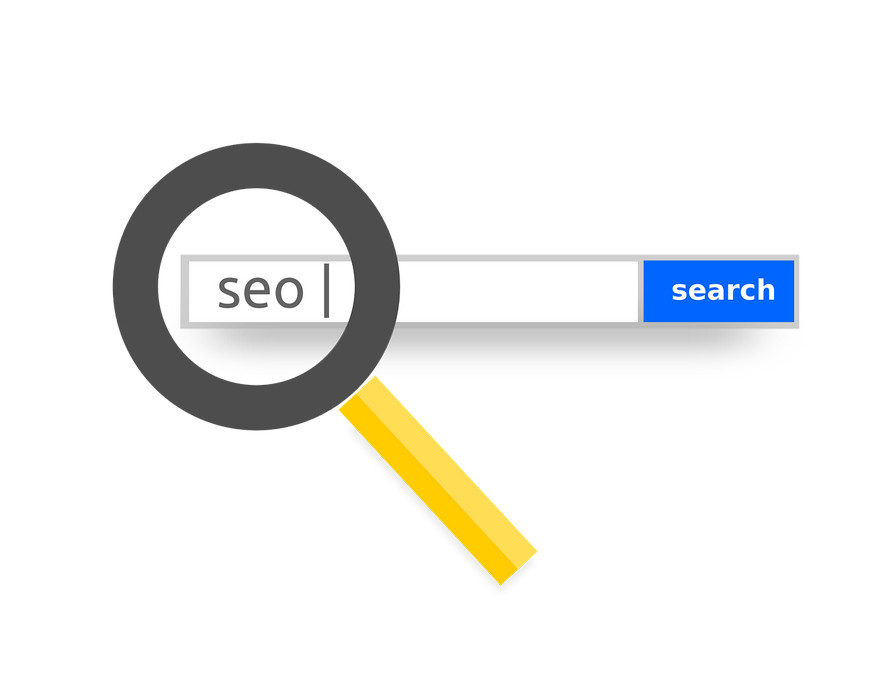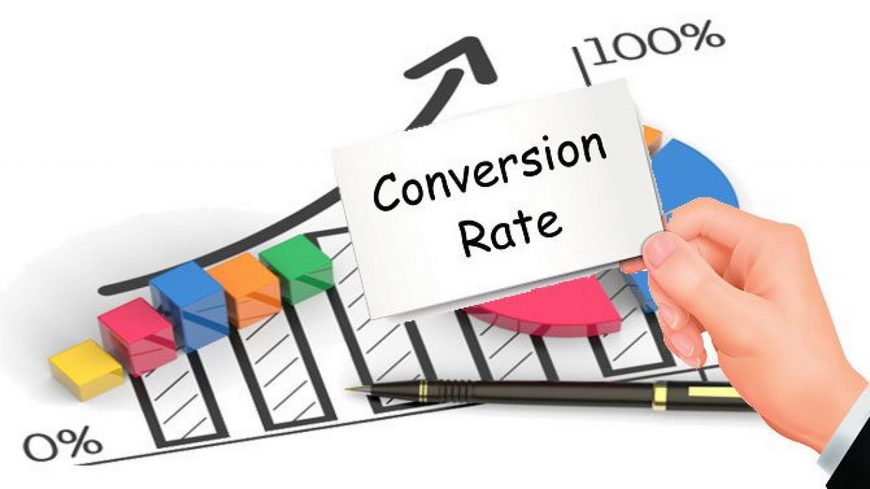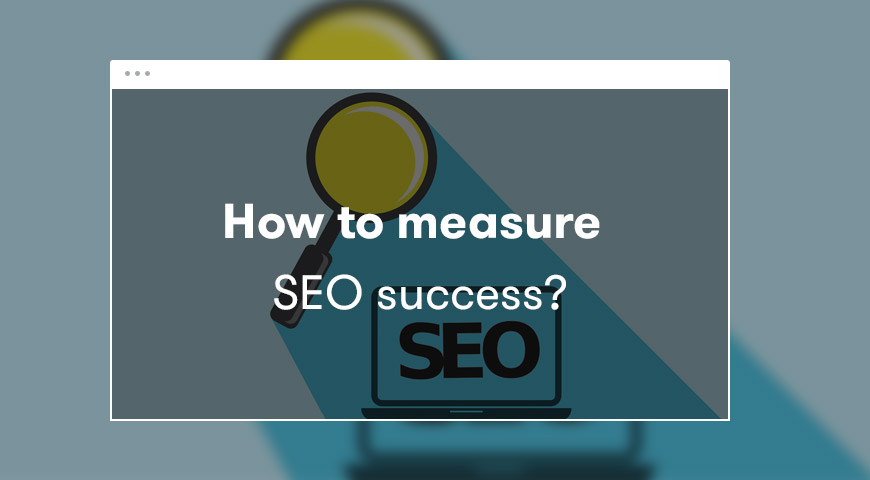One of the main and important factors in having a successful online business is optimizing websites for search engines, this is known as SEO. Like work and life, all principles of SEO must be carried out continuously and it is necessary to know how to measure SEO success.
Although SEO is the main factor of having a successful website, the correct analysis of SEO results is also as important. In this article, we are going to explain how to measure SEO success and its effective factors.


If a website has a great ranking on the search engine results page (SERP), more audiences will see the website therefore, attracting more traffic and potential clicks.
Hence, SEO is the main element in marketing for many websites and companies. If you want to measure SEO success , you must first define the meaning of success for yourself. To succeed, you must first define success.
How to Define SEO goals and KPIs?
A key performance indicator or KPI for short is an indicator that tells you how close you are to your goal (in SEO). With KPI you can understand how effective your SEO activity has been. Therefore, you need to determine your benchmark.


First, you need to ask yourself why you are looking for an SEO strategy? Many people may answer this question by saying “to increase the website’s ranking in Google”.
But is this the only impact SEO has on your website? Do you want to get more traffic for your website from Google? Maybe your goal is to increase the number of sales or visitors. In order for website owners to achieve any of these goals, they must measure various factors.
Using high ranking phrases searched by users may lead to more traffic to your website. However, this may not happen for a variety of reasons. For example, you may get excellent results for the keyword Google Analytics, but you may not get high traffic.
Because most users searching this keyword are usually looking for the Google Analytics website. Getting better traffic is far better than the high ranking. Because your goal is to bring more traffic from Google and make a profit.
Therefore, your SEO strategy must focus on attracting more customers. This is why we need to define our KPI.
What are SEO evaluation factors?
After defining the goals you want to achieve with SEO, you need to plan them. If you are looking for a higher ranking, you should publish high-quality content and regularly update your website.
If you are looking for more traffic, you should use long-tail keywords more often. If your goal is to sell more goods on your website, you should consider ways to bring more potential customers to your website.
There are many components that help you evaluate your website’s SEO and it’s important to consider them. If you want to get a higher ranking on the search engine results page, you should consider SEO evaluation factors. We will mention the main factors below:
Organic Traffic
Organic traffic is one KPI that many companies use to bring in more potential customers to their websites. According to Google Analytics, the traffic that comes to your website directly from search pages (ads excluded) is called organic traffic. Organic SEO is a strategy that helps websites to bring in more organic traffic.


- Advantages: Organic traffic is one of the key factors of SEO. Your keywords should be similar to the phrases that your targeted audience searches on search engines. By doing this, your website may appear more relevant compared to your competitors on search results. With the proper attraction of organic traffic, users will steadily find your website and ultimately this will results in users finding your website more often and stay longer on your website each time.
- Challenges: One of the challenges is that Google and other search engines keep updating and changing their algorithms. Also, when these algorithms get changed without any prior notice, it will have a negative affect your SEO.
- Evaluation: With the
help of Google Analytics, open “Acquisition” tab. And then click on “Select
all” and select “Channels”. Here you can see the website traffic sources that
are arranged by channels. Select the search channel. This report will help SEO
experts to find comprehensive information about the website. Such as:
- Which keywords provide the most traffic
- Which pages are effective in attracting traffic
- Which search engine directed the most organic traffic
- The last page visitors visit before exiting your website
Given that search engines make around 600 changes to their algorithms throughout the years, SEO expert should be careful and predict the changes when they are using KIP.
Keywords ranking
Keywords ranking actually shows how good or bad your website is doing on SERP. Measuring this KPI, also shows how powerful a brand is and it will determine the value of your website in Google. The higher the keyword ranking is the better. The main goal of all websites is to reach the first page and ultimately, the first rank in Google.


- Advantages: Keywords evaluation strategy will help you to evaluate the effectiveness of your website on the search results pages and if possible improve it. This KPI should be continuously monitored. When ranking keywords on a regular basis, you will be able to identify any problems that may occur. The goal of this assessment is to identify the problems in your ranking. If you pay more attention to this KPI, you will face fewer problems.
- Challenges: Many factors may affect the ranking of keywords. The results on the Google first page, for each keyword and user, is different. Also, the results shown on mobile phones is different compared to a desktop computer or laptops. Results may also vary based on the location. Personalization based on user’s behavior can also make changes to the first page. For example, your favorite website may be shown to you many times and others may not even see it.
- Evaluation: Google Analytics analyzes the most popular keywords for your website. In this section, the number of views and page load time for every keywords are displayed. Although keyword ranking can help you measure your SEO success, it doesn’t really explain whether your SEO strategy is successful or not. Thus, using this KPI simultaneously with others is important. You can also use “cognitiveSEO” instead of Google Analytics. This tool allows its users to search for keywords locally or globally. In addition, it will evaluate the keywords of your competitors.
Social Media sharing
We can say sharing on social media is basically sharing your content by users. While It is believed that Google is not interested in signals coming from social media platforms in their SERP, but this social media sharing is still important for SEO and SEO purposes.


- Advantages: Following social media sharing is very useful because of the importance of social media in today’s world and search algorithms. When people with a lot of followers/subscribers share your content, the chances of viewing your content will dramatically increase and ultimately your website/content will have more traffic and your site will be more reliable by increasing it’s social proof. Having more visitors will increase your organic search ranking. Also, sharing your content on social media platforms will increase the likelihood of blogs and other websites to backlink your website/content. Also, social media platforms are indexed in search engines. Quality posts often have high shares. Tweets and Facebook posts are managed as web pages. This is why social media accounts are often displayed on search engines along with the company’s website.
- Challenges: Although social media content is indexed, however, it’s not easy for SEO experts to check the number of indexed pages. Due to the high number of tweets and other content, Google can’t index all of them. This makes it difficult for SEO experts to accurately analyze the number of indexed content/pages.
- Evaluation: Go to your Google Analytics, open “Acquisition” menu, and click on “All Traffic” and select “Channels”. In this section, sources of traffic are displayed and you can view social media, emails, and resource that your visitors used to visit your website.
In this KPI, you will be able to see any incomplete geographical or business information. Incomplete address, phone number, and website URL can affect your ranking in SERP. Another important factor about social media is, a lot of people will share your content without even reading it. To attract more traffic to your website you need to convince your audience to click on your content and share it.
Conversion rate
Companies that are looking for more sales, need to measure the conversion rate from organic traffic. Conversion rate happens when a user visits your website and do exactly what you intend them to do. Targeting the conversion rate may be different for any website. For example, on a website you want your visitors to sign up on newsletter, download a file, buy goods, or even create an account your website. The conversion rate is expressed as a percentage. If 5 visitors out of your 100 do what you intended them to do, then your conversion rate will be 5%. What you expect your users to do is the same topic/criteria that you need to evaluate and improve.


- Advantages: Organic traffic generated from inbound marketing for conversion rate is always higher than outbound marketing. Therefore, the conversion rate generated from organic traffic has a better KPI to measure the success of your SEO strategy.
- Challenges: To evaluate this KPI, SEO and CRO experts always challenge each other. CRO experts worry that the effort SEO exports put in may have a negative impact on what they do and decrease conversion rate and vice versa. But in reality, SEO and CRO won’t have any negative impact on one another as long as they are working towards the same goal.
- Evaluation: Google Analytics helps you to measure the conversion rate from organic traffic. The first step is to define your goal in Google Analytics. To do this follow these steps:
- Go to your Google Analytics
- Select Admin
- On the third column select goals
- Create a new goal



